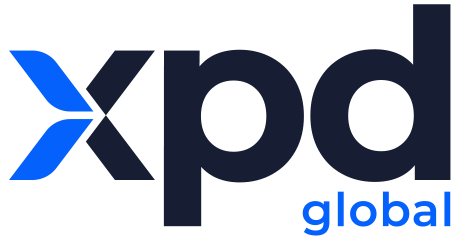If you want successful organizational strategies, you need to design and management adequately the main components of your supply chain – and logistics is a fundamental piece in it.
After the pandemic, optimizing supply chains has been a need – and it has become, at the same time, an increasingly complex task.
We are facing unprecedented change. Consumer behaviors require timely and agile attention, leading industries into the constant struggle to optimize the supply chain.
Each organization and each professional in the market are facing their own challenges in this transformation with:
- productivity,
- increases in their cost structure (derived from supplies, spare parts, human capital, etc.),
- unforeseen changes in demand,
- business continuity in risk,
- alterations in the supply chains of their suppliers.
All of the above in parallel with the major logistics crises that we are currently facing – port closures and cancellation of flights due to new Covid-19 outbreaks, along with the shortage of containers worldwide.
With all of that, reassessing your supply chain’s basic structure may be that detail that can lead it to the perfect point to be developed, thus, growing your business.
Designing the supply chain main elements
If you want your organizational strategies to be successful, you need to design and manage adequately the main components of your supply chain. The definition and implementation of those basis are quite relevant, since they enhance customer satisfaction and clear the path for you to achieve your main company objectives.
The main points that require attention are:
- Suppliers: You must identify, segment, and select your suppliers based on the products and/or services you offer. This is where you have to strategically select not only the provider, but the type of relationship you want to develop with each of them.
- Production line: The design of the production process must address the different elements covered by the art of manufacturing:
- organizing the process,
- identifying and structuring the production sub-processes,
- identifying costs and managing them, etc.
- Distribution: Come up with a plan on how the product must be delivered to customers. It’s extremely important to:
- identify the channels that must be used,
- design and define distribution flows and routes, as well as
- define the type of storage required.
- Returned items: The design of returns has also become a very important element because, although returns are not desired, it is more than evident that at some point they will happen. It is best to identify in advance:
- the products that can be returned,
- where these returns will be received and
- how the return will be done (design return flows).
- Logistics: It is the organization of the physical movements of products and raw materials between the different entities involved (suppliers, customers, manufacturing plants, etc.).
It is here where the inventory management, warehouse operations and the definition of transport are executed, which includes the transport modes, the suppliers, the type of relationship with the logistics providers, etc.
Regarding the last point –and in the current market situation that we are facing– you need more than a freight forwarder. You need a strategic partner in logistics that works for the success of your operations, in general.
How can you optimize logistics?
As you know, logistics includes not only the definition and management of transportation, but also includes the administration of inventories and the operations that take place within warehouses.
Although technology enables faster decisions and more visibility of operations, logistics is not a 100% automated process. The relationship with logistics and international transport providers is a fundamental part of a successful operation.
In this sense, we cannot conceive to optimize the supply chain through logistics without dedicating time and attention to managing inventories and portfolios.
Fundaments of inventories design
The characteristics of part numbers, Stock Keeping Units (SKUs) or items dictate the type of transportation that must be chosen. It is important to note that not all items should be managed in the same way, since each one has its own elements.
In that sense, I recommend you having a checklist at hand to avoid losing visibility of your operations:
- Lead time: Response time to make use of an item. Consider the time that elapses from when a purchase order is placed until the moment you can use that material on the production line.
- Minimum order quantity (MOQ): It is the minimum purchase that each supplier determines based on the design of its own supply chain.
- Expiration: Is the lifespan of each item.
- Unit cost: Value of each item.
- Reorder point: it is the moment in which a new purchase order must be triggered to the supplier to ensure the supply of the SKU in a timely manner. In this sense, the reorder point is represented by the minimum inventory available.
Optimize transportation to optimize the supply chain
This is one of the most humane parts of logistics. It is essential to develop trusting relationships with logistics providers to ensure a complete understanding of your supply chain and thus be able to identify and manage specific solutions that meet your needs.
It is very important that you prioritize and define service expectations and requirements before starting operations with your supplier, in order to plan alternatives in the design of logistics solutions and anticipate challenges.
xpd global, your best strategic partner in logistics
At xpd global, we work to be more than a freight forwarder. Hand in hand with us, you will have the confidence that each of your movements will be coordinated by highly specialized teams in your industry to keep your supply chain running without line stoppages. Everything will arrive on time.
Together, as partners, we will be able to build high-impact customized solutions for your supply chain –regardless of how complex it is– and thus meet even your most specific needs.
Contact us today. Along with our teams in 30 countries throughout the Americas, Europe and Asia, I am at your service to optimize your supply chain.
Written by Argelia Valdez | xpd global | strategic projects leader


